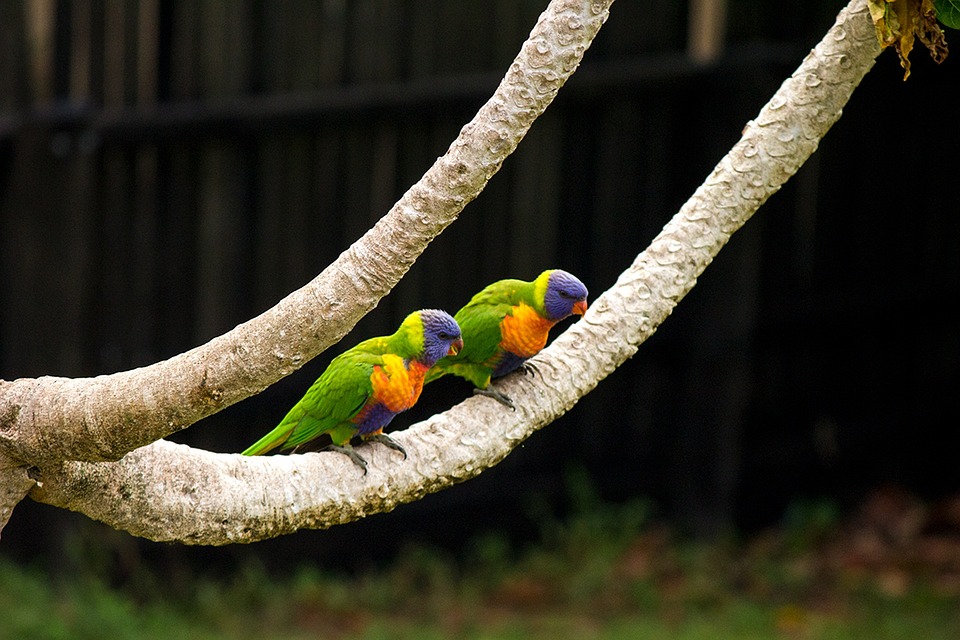Introducing your parrot to new environments can be an exciting yet challenging experience. By following a few key steps and understanding your parrot’s behavior, you can ensure a smooth transition and help your feathered friend adjust comfortably. In this article, we will explore valuable insights on introducing your parrot to new environments, including essential tips, common challenges, and frequently asked questions.
Before diving into the process of introducing your parrot to new environments, it is crucial to understand some basic parrot behavior patterns. Parrots are highly intelligent and social creatures that thrive on routine and familiarity. They form strong bonds with their caretakers and their surroundings, making transitions a bit daunting for them.
One common behavior you may observe in parrots is vocalization. Parrots communicate through various vocalizations, including squawking, mimicking sounds, and even talking. In new environments, they may increase their vocalizations as a means of expressing their anxiety or excitement.
Another behavior to be aware of is feather preening. Feather preening is a natural behavior for parrots, as they keep their plumage clean and groomed. During transitions, parrots may engage in excessive preening as a way to self-soothe and reduce stress.
Parrots are also curious creatures and love to explore their surroundings. However, in unfamiliar environments, they may initially exhibit cautious behavior, sticking close to their caretakers or their cage.
Now that we understand some key aspects of parrot behavior, let’s delve into practical steps to successfully introduce your parrot to new environments.
The first tip is gradual exposure. Begin by gradually introducing your parrot to the new environment. Start with short periods of supervised visits, allowing your parrot to become familiar with the sights, sounds, and smells of the new space.
Creating a safe and comfortable space for your parrot within the new environment is also important. Set up their cage or a designated area with familiar objects, such as toys, perches, and food/water bowls. This will provide them with a sense of security and familiarity.
Maintaining a consistent routine for feeding, playtime, and social interaction is essential to give your parrot a sense of stability. This will help them adjust more quickly to the new environment.
Using positive reinforcement techniques, such as praise, treats, and favorite toys, can encourage your parrot’s exploration and positive associations with the new environment. This will help them feel more comfortable and confident.
Gradually introducing your parrot to new people, animals, and experiences is also important for socialization. Ensure that all interactions are supervised and positive to build trust and confidence in their new surroundings.
Now, let’s address some frequently asked questions about introducing parrots to new environments.
Q1: How long does it usually take for a parrot to adjust to a new environment?
A: The adjustment period can vary depending on the individual parrot and the nature of the transition. It may take a few days to a couple of weeks for your parrot to fully settle into the new environment.
Q2: Should I cover my parrot’s cage when introducing them to a new environment?
A: Covering the cage partially can provide a sense of security for your parrot during the initial stages of adjustment. However, ensure that the cage is still well-ventilated and allows your parrot to observe their surroundings.
Q3: What signs should I watch for to determine if my parrot is stressed during the transition?
A: Signs of stress in parrots can include excessive vocalization, feather plucking, loss of appetite, increased aggression, or unusual behavior. If you notice any of these signs, it’s essential to consult a veterinarian or an avian behavior specialist.
Q4: Can I speed up the adjustment process by exposing my parrot to more new environments?
A: While gradual exposure to different environments is beneficial for socialization, it’s important not to overwhelm your parrot. Rushing the process may increase stress levels and hinder the adjustment. Patience and consistency are key.
In conclusion, introducing your parrot to new environments requires patience, understanding, and a well-thought-out approach. By following the tips outlined in this article and being attentive to your parrot’s behavior, you can help them adjust comfortably and thrive in their new surroundings. Remember, each parrot is unique, so adapt your approach accordingly, and always prioritize the well-being and happiness of your feathered companion.









